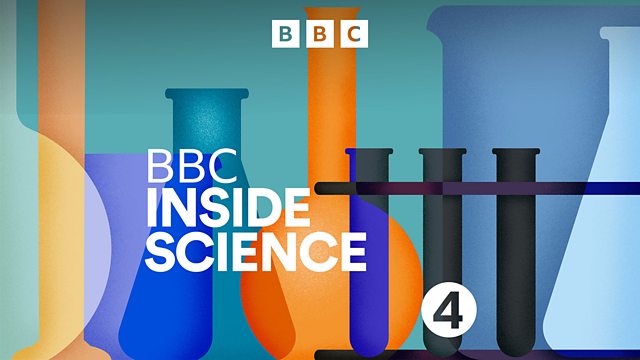Leonardo's drawings, Super-Mendelian inheritance in mice, The Weddell Sea Expedition
Leonardo's drawings, Super- Mendelian inheritance in mice and the Weddell Sea Expedition
In February The Royal Collection will be holding the largest exhibition of Leonardo da Vinci’s work in more than 65 years to mark the 500th anniversary of his death. Adam Rutherford gets up close and personal with some of Leonardo's drawings in the Royal Collection at Windsor Castle. Curator and Leonardo expert, Martin Clayton explains how modern scientific, non-invasive, techniques have revealed some interesting insight into the great artist and scientist's mind and his creative process.
The exhibition - Leonardo da Vinci: A Life in Drawing - will start exhibiting at a number of venues nationwide, before coming together, at the Queen's Gallery in Buckingham Palace and The Queen's Gallery Palace of Holyrood House in Edinburgh.
In normal Mendelian inheritance, genes are inherited according to a particular pattern. Basically, you have two copies of each gene, but a sperm or egg only has one, and so there is a 50% chance of one of those genes going into one of the sex cells, sperm or egg. However there are ways of massively increasing the chance of one gene making it through to the next generation. We call these ‘gene drives’. By harnessing these naturally occurring systems, there’s been plenty of work on engineering gene drives in such a way that they could, for example eradicate malaria, by driving resistance genes into some insects, which would rapidly spread to the whole population. So far this has been limited to insects, but the genetic engineering technique CRISPR-CAS9 is changing all that. Kimberly Cooper from the University of California in San Diego explains to Adam how she and her team have taken this gene drive concept, and modified it so they can try to control how to push a particular gene into the next generation of mice, in order that it can be used as a tool for modelling diseases that have multiple genetic causes. This new technique could significantly increase the efficiency of making transgenic mice to study genetic diseases.
A major international scientific expedition are exploring one of the coldest, harshest and most remote locations in the world, the Weddell Sea, off Antarctica. Using underwater robots, drones and other state-of-the-art technology the Polar scientists are studying the Larsen C iceshelf. The team led by Julian Dowdeswell, director of the Scott Polar Research Institute, are also looking for the wreck of the Endurance, Earnest Shackleton’s ship that was famously stuck in the Antarctic ice in 1915 for 10 months before it was crushed by the ice and sunk, thwarting his attempt at the South Pole.
Producer: Fiona Roberts
Last on
![]()
����ý Inside Science is produced in partnership with The Open University.
Broadcasts
- Thu 24 Jan 2019 16:30����ý Radio 4
- Thu 24 Jan 2019 21:00����ý Radio 4
Explore further with The Open University
Discover more fascinating science content with The Open University
Podcast
-
![]()
����ý Inside Science
A weekly programme looking at the science that's changing our world.




